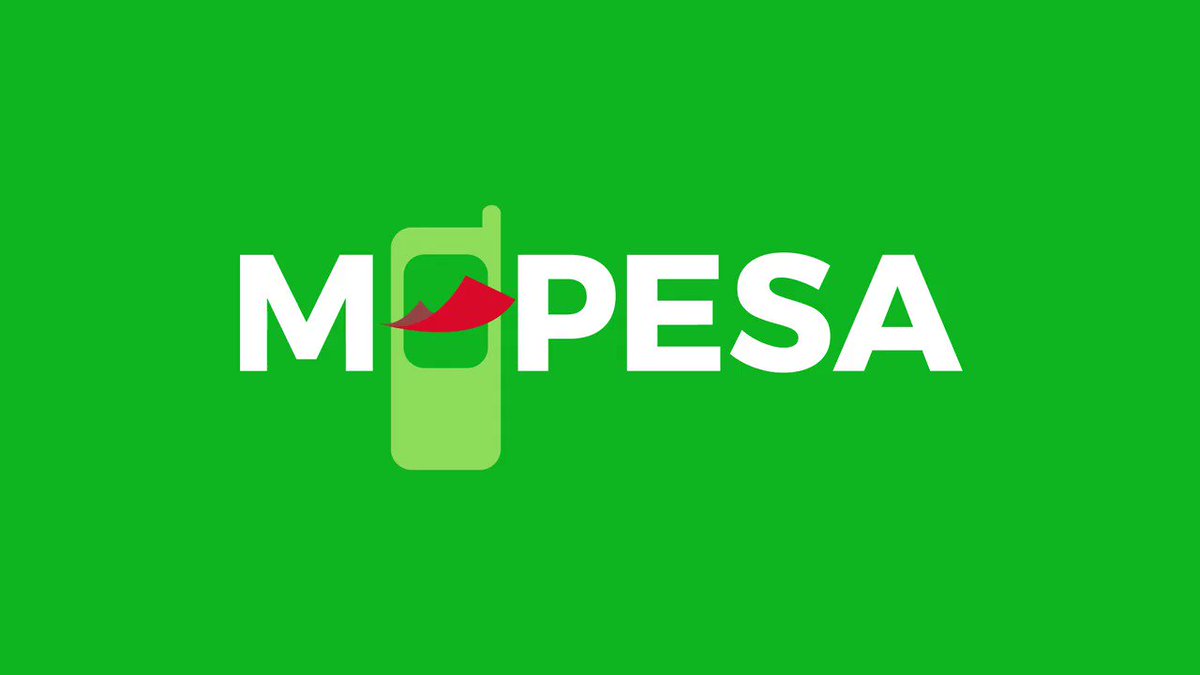WASTEWATER TREATMENT STEPS
Step 1: Screening and Pumping
The incoming wastewater passes through screening equipment where objects such as rags, wood fragments, plastics, and grease are removed. The material removed is washed and pressed and disposed of in a landfill. The screened wastewater is then pumped to the next step: grit removal.
Step 2: Grit Removal
In this step, heavy but fine material such as sand and gravel is removed from the wastewater. This material is also disposed of in a landfill.Grit removal can also be used to remove sand from river water intakes prior to processing for potable water, use in industrial applications to remove fine abrasives, as well as being used to remove grit entrained in sludge.
Step 3: Primary Settling
The material, which will settle, but at a slower rate than step two, is taken out using large circular tanks called clarifiers. The settled material, called primary sludge, is pumped off the bottom and the wastewater exits the tank from the top. Floating debris such as grease is skimmed off the top and sent with the settled material to digesters. In this step, chemicals are also added to remove phosphorus.
Step 4: Aeration / Activated Sludge
In this step, the wastewater receives most of its treatment. Through biological degradation, the pollutants are consumed by microorganisms and transformed into cell tissue, water, and nitrogen. The biological activity occurring in this step is very similar to what occurs at the bottom of lakes and rivers, but in these areas the degradation takes years to accomplish.
Step 5: Secondary Settling
Large circular tanks called secondary clarifiers allow the treated wastewater to separate from the biology from the aeration tanks at this step, yielding an effluent, which is now over 90% treated. The biology (activated sludge) is continuously pumped from the bottom of the clarifiers and returned to the aeration tanks in step four.
Step 6: Filtration
The clarified effluent is polished in this step by filtering through 10 micron polyester media. The material captured on the surface of the disc filters is periodically backwashed and returned to the head of the plant for treatment.
Step 7: Disinfection
To assure the treated wastewater is virtually free of bacteria, ultraviolet disinfection is used after the filtration step. The ultraviolet treatment process kills remaining bacteria to levels within our discharge permit.
Step 8: Oxygen Uptake
The treated water, now in a very stabilized high quality state, is aerated if necessary to bring the dissolved oxygen up to permit level. After this step, the treated water passes through the effluent outfall where it joins the Oconomowoc River. The water discharged to the river must meet stringent requirements set by the DNR. Pollutant removal is maintained at 98% or greater.
Step 9: Sludge Treatment
The primary sludge pumped from the bottom of the primary clarifiers in step three, along with the continuous flow of waste activated sludge from the aeration / activated sludge process in step four, must be treated to reduce volume and produce a usable end product.








4 Comments
Nice
ReplyDeletecool stuff
ReplyDeleteGreat work, continue motivating we are behind you
ReplyDeleteThanks very much
Delete